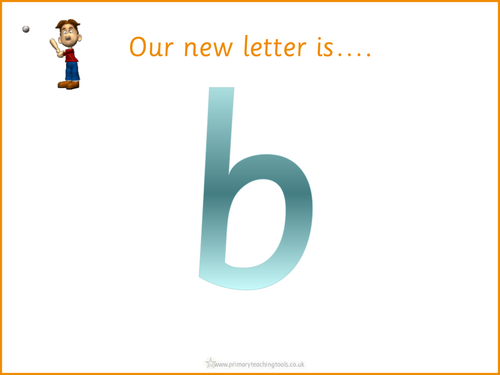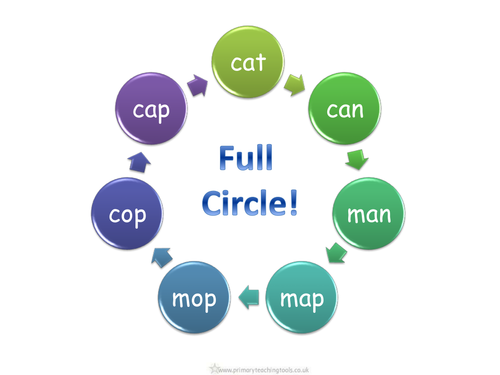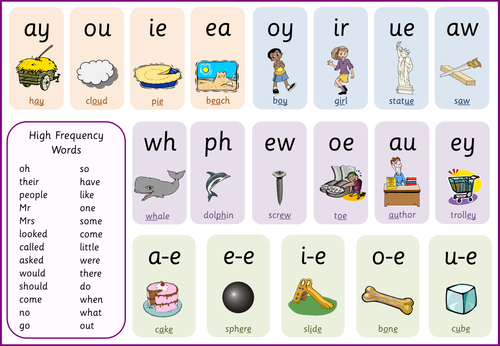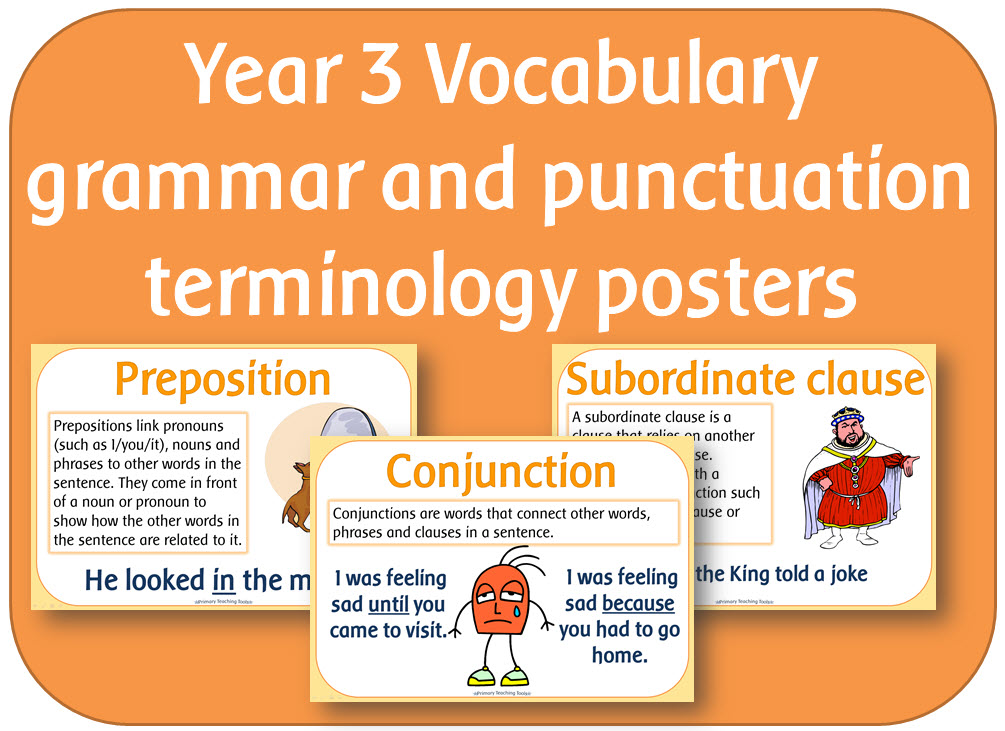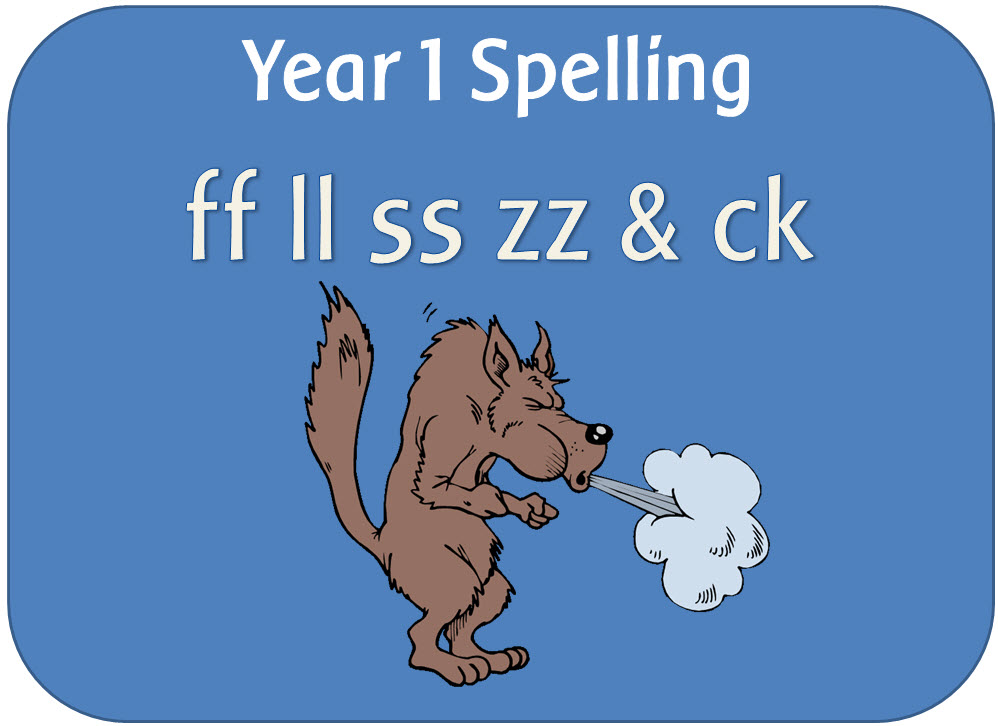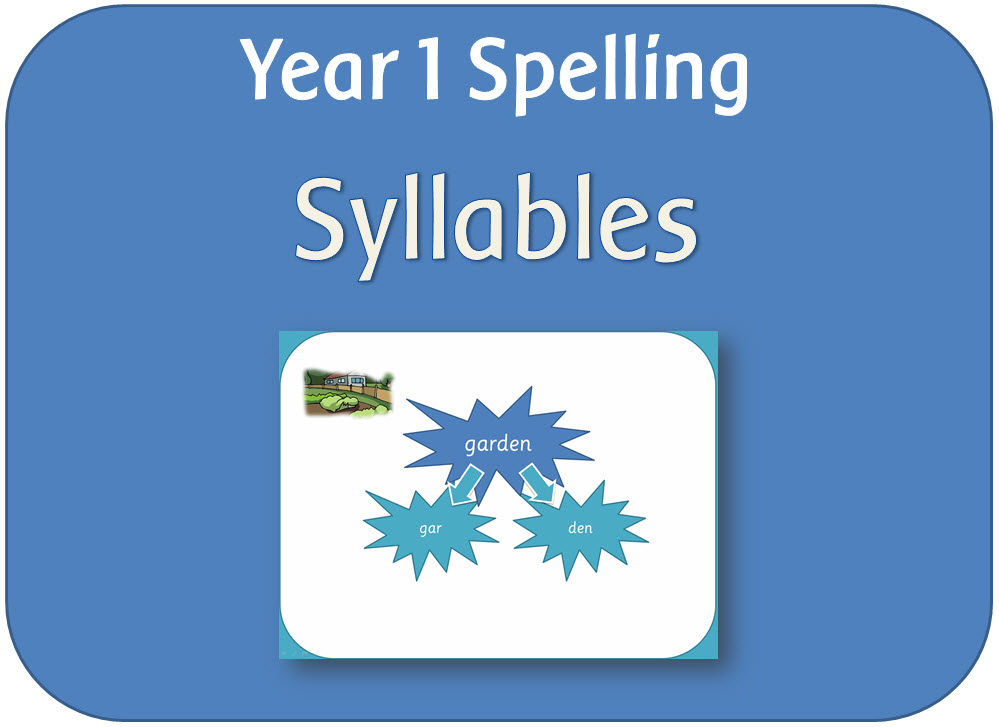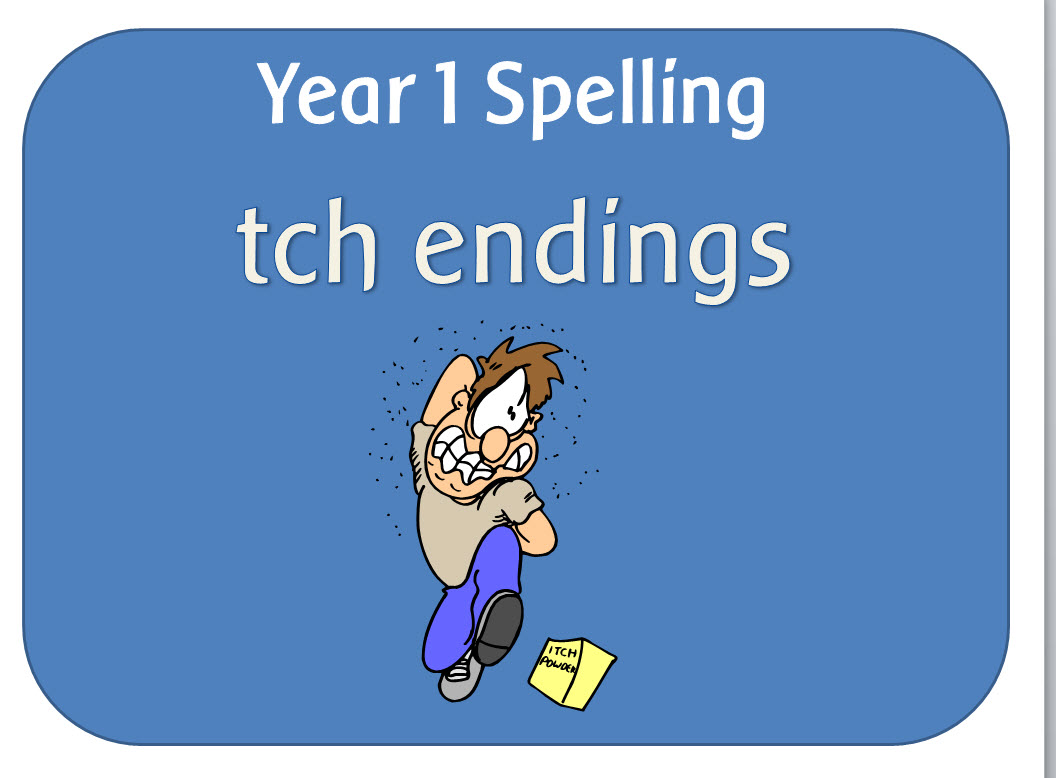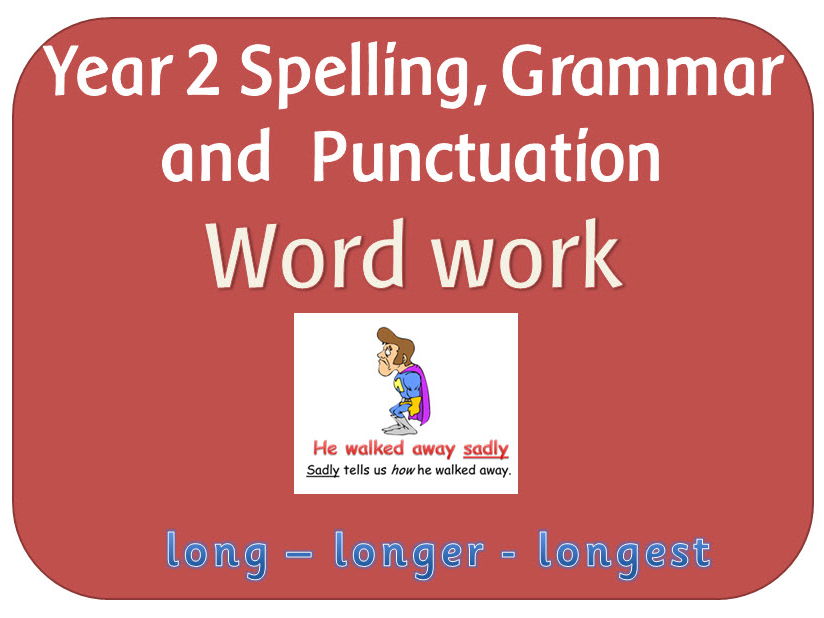
404Uploads
1111k+Views
697k+Downloads
English

SPaG Year 6 Sentence Grammar: Informal and formal writing powerpoint
The powerpoint explains how to change writing styles/register according to audience, purpose and text, and what tone to use for each. Shows examples of similar sentence written in a formal and an informal style. Ends with an activity where the children have to turn an informal sentence into a formal one.

SPaG Year 6 Word Grammar: Formal and informal vocabulary
A powerpoint lesson and worksheet to teach the difference between vocabulary typical of informal speech and vocabulary appropriate for formal speech and writing.

Phase 2 Letters and Sounds phonic resources: set 5 -h b f ff l ll ss - powerpoint introductions
There is one powerpoint for each new letter. Each introductory powerpoint:
Introduces the new letter, shows a picture mnemonic, demonstates correct letter formation then reinforces it with an initial sound game.
Also in the pack:
A powerpoint showing each letter in the set and previous sets with a picture to help the children remember the sound;
A set of letter flashcards of all letters learnt so far
A 'what begins with....' game where the children have to select an object that begins with the specified letter

Phase 2 Letters and Sounds phonic resources: Full circle powerpoints and display
6 presentations/ printable files showing full circle words.

Letters and Sounds Phase 5 word / help mats
The picture grapheme/word mat is to aid in the teaching and learning of further graphemes, and learning to read tricky words in phase 5. A pictorial example of each sound is shown with the letters to help children remember the graphemes. Also on the word mat are previous tricky words, which can be decoded in Phase 5, and the 11 tricky words for children to read in Phase 5.
The second word mat contains the alternate spellings for phonemes on page 144 of the Letters and Sounds document.

Rapunzel Fairy Tale activity pack - Powerpoint story, display resources and activities
A story of Rapunzel, plus writing sheets, wanted poster, sequencing pictures, book cover; display border and heading.

KS2 HOMOPHONES posters / flashcards
A set of A4 posters containing all the homophones identified in the Year 3/4 and 5/6 spelling appendix.
Each page is split into 2 so that 2 homophones are printed on one page. You can cut them in half and use as flashcards or leave them whole and display them. For Y3/4 there are 21 pages, plus 3 pages containing just one word. For Y4/5 there are 24 pages plus 1 page containing just one word, plus a set of 4 noun/verb posters.
3 & Y4 HOMOPHONES:
accept except
affect effect
ball bawl
berry bury
brake break
fair fare
grate great
groan grown
here hear
heel heal he’ll
knot not
mail male
meat meet
medal meddle
missed mist
peace piece
plain plane
rain rein reign
scene seen
weather whether
whose who’s
Y5 & Y6 HOMOPHONES:
aisle isle
aloud allowed
affect effect
altar alter
ascent assent
bridal bridle
cereal serial
compliment complement
descent dissent
desert dessert
draft draught
farther father
guessed guest
heard herd
led lead
morning mouring
past passed
precede proceed
principal principle
prophet profit
stationary stationery
steel steal
wary weary
who’s whose
Y5 & Y6 HOMOPHONES - nouns and verbs: Each set prints onto 1 A4
advice advise
device devise
licence license
practice practise

Phonics flashcards
A set of phonics display/flashcards to use in KS1.
There are 2 A5 cards on a page. Each card contains pictures and a list of words including the relevant common exception words for Year 1.
The first set contains the letters of the alphabet.
The second set contains the consonant digraphs and vowel digraphs and trigraphs in the Y1 Spelling appendix.
The third set contains extra graphemes identified in the Letters and Sounds phonics programme.

Year 3 Vocabulary grammar and punctuation terminology posters
A set of A4 posters to print and display.
They contain all the 'terminology for pupils' identified in Appendix 2 for Year 3:
Adverb; Preposition; Conjunction; Word family; Prefix; Clause; Subordinate clause; Direct speech; Vowels; Consonants; Inverted commas/speech marks; Nouns; Present perfect; Punctuation

SPaG Year 1 Spelling pack: Sounds spelt ff, ll, ss, zz and ck
A set of resources to teach the spelling requirements for Y1:
The /f/, /l/, /s/, /z/ and /k/ sounds are usually spelt as ff, ll, ss, zz and ck if they come straight after a single vowel letter in short words.
The PowerPoint presentations explain each spelling rule and gives examples of words for a class activity.
The worksheets contain pictures and sentences with the relevant missing words for children to spell.
The word wheel contains the beginnings and endings of words for a group activity.
The word list contains a page-full of age-appropriate words.
The outline planning document in Word matches the activities with learning objectives and spelling rules and guidelines.

SPaG Year 1 Spelling pack: Division of words into syllables
A set of resources to teach the guideline/rule in the Spelling Appendix:
Each syllable is like a ‘beat’ in the spoken word. Words of more than one syllable often have an unstressed syllable in which the vowel
POWERPOINT RESOURCES:
Introduction to syllables: An explanation of what syllables are and how to identify them in words. It gives several examples of words with more than one syllable with opportunities for children to spell them.
Syllable practice: Activity where the children can read a word, then write it by identifying how many syllables it contains, then check it.
WORKSHEETS:
Two syllable word worksheet: A grid for splitting up words into syllables as an aid to spelling.
Blank syllable word worksheet: As above, but the grid is left blank to insert words.
sound is unclear

SPaG Year 1 Spelling pack: The /tʃ/ sound spelt tch straight after a single vowel letter.
POWERPOINT RESOURCES:
Words ending tch: explains the spelling rule and gives examples of words for a class activity where the children can try to spell the words.
PDF:
Wordsearch: words containing tch
Worksheet: Jumbled up words to rearrange.
WORD:
Tch word list
Outline adaptable plan

SPaG Year 1 Terminology powerpoint
Explanations of the terminology letter, capital letter, words, singular, plural, sentence, punctuation, full stop, question mark and exclamation mark.

SPaG Year 2 Spelling: The /aɪ/ sound spelt –y at the end of words
A powerpoint lesson, word list, planninag and activities to teach the /aɪ/ sound spelt –y at the end of words

SPaG Year 2 Word: -er and -est in adjectives and -ly to turn adjectives into adverbs
2 powerpoint lessons and a worksheet:
THE USE OF LY TO TURN ADJECTIVES INTO ADVERBS
POWERPOINT
Using ly to turn adjectives into adverbs: Explains what adverbs are and how to make them by adding ly to adjectives.Gives a list of words to add ly to.
ACTIVITY
Making adverbs worksheet: Writing sentences with adverbs
USING THE SUFFIXES ER AND EST IN ADJECTIVES
POWERPOINT
Suffixes er and est as comparatives: Explains how they change the meaning of words. Gives a list of words to add the suffixes to and think of sentences with them in.

SPaG Year 5 & 6 Spelling: Use of the hyphen
A powerpoint lesson and a jigsaw activity to teach the spelling guidelines:
Hyphens can be used to join a prefix to a root word, especially if the prefix ends in a vowel letter and the root word also begins with one.

Letters and Sounds Phase 4: Reading and writing CVCC words
A variety of interactive and printable activities for reading and writing words ending with adjacent consonants.
Includes:
In the box games
Matching words and pictures games
Buried treasure game
Writing activities
Phoneme frames

Letters and Sounds Phase 5 Phonic pack: Split digraphs set of Powerpoints
For each grapheme there are 2 powerpoint files:
READING AND WRITING POWERPOINT:
The new grapheme is introduced and followed by different words which contain the grapheme. The second part consists of words that can be hidden by the corresponding pictures so that the children can spell the word and check if they are correct.
WRITING SENTENCES POWERPOINT
Each sentence contains words with the newly learned grapheme, with an option to hide or show it.
SENTENCES POWERPOINT
These activities show a missing word containing the split digraph for children to write, with prompts.
Plus 2 Smartboard files with reading activities

Letters and Sounds Phase 5 Phonic pack: Alternative pronunciations of g, u and ow
For each grapheme there is:
An introductory powerpoint looking at each different sound the grapheme makes
A 'Writing sentences' powerpoint with sentences each containing words with the alternative pronunciations
for each different pronunciation, with sentences for the children to write, containing words with the alternative pronunciations
A game where the children have to choose the correct pronuncation of words

Guy Fawkes, Bonfire Night and the Gunpowder Plot - 2 powerpoints, 12 display files and 15 activities
A powerpoint story of Guy Fawkes, the Gunpowder Plot and why we celebrate Bonfire Night, with classroom activities to print and display resources.
Guy Fawkes - Two versions; one for KS1 and one for KS2. It details Guy Fawkes' life, and how he became involved with the other conspirators of the Gunpowder Plot; it explains how he was caught, and why people now celebrate Bonfire Night.
ACTIVITIES:
Bonfire night acrostic poem
Bonfire Night topic cover
Fire border for displaying work
Fireworks border
Gunpowder plot and Guy Fawkes sequencing
Gunpowder plot black and white pictures (for colouring/display)
Gunpowder plot cards
Gunpowder plot word mat
Guy Fawkes topic cover
Letter to Mounteagle
Newspaper report x 4 - Guy Fawkes, The arrest and The conspirators
Blank scroll
DISPLAY
A-Z Flame lettering
Bonfire Night banner
A4 title
Large lettering Bonfire Night
Fireworks border for displays
Confession letter of Guy Fawkes
Guy Fawkes title
Main conspirators poster
Portraits of James I and Guy Fawkes
Posters - Guy Fawkes and the Gunpowder plot
The Fireworks code
The Gunpowder plot pictures



